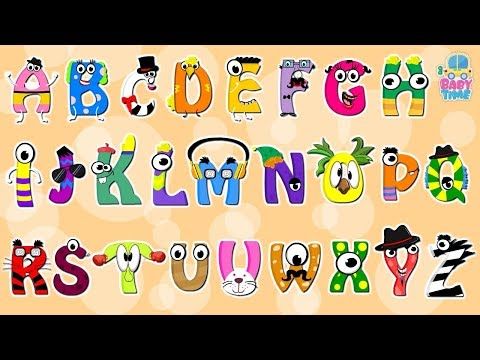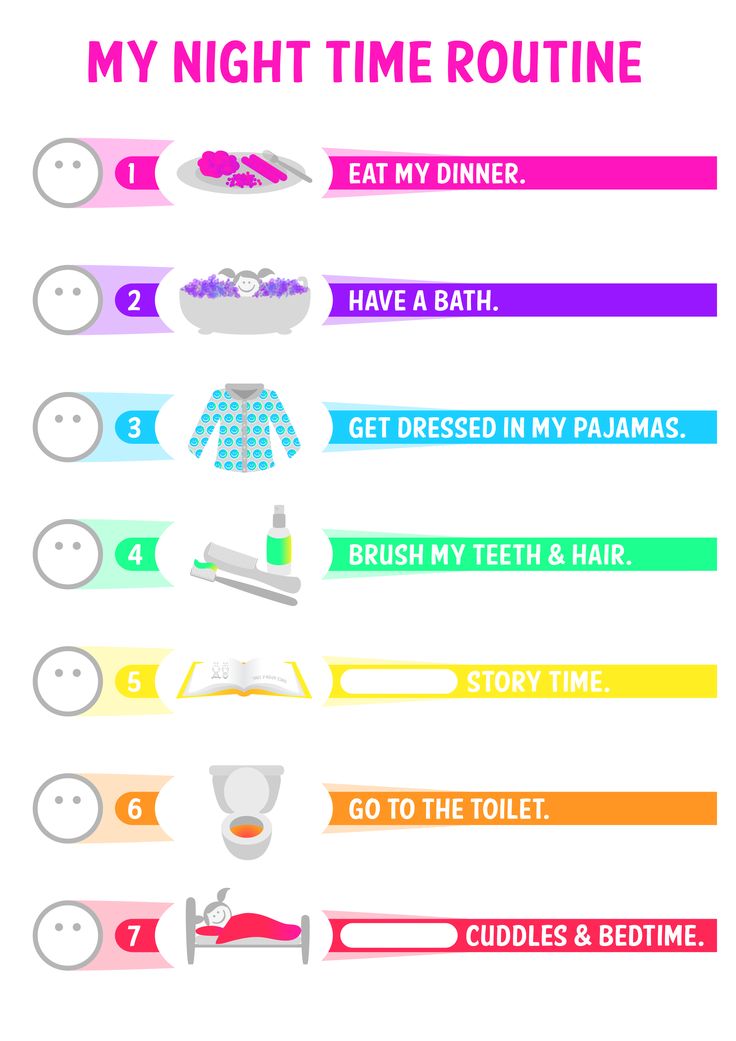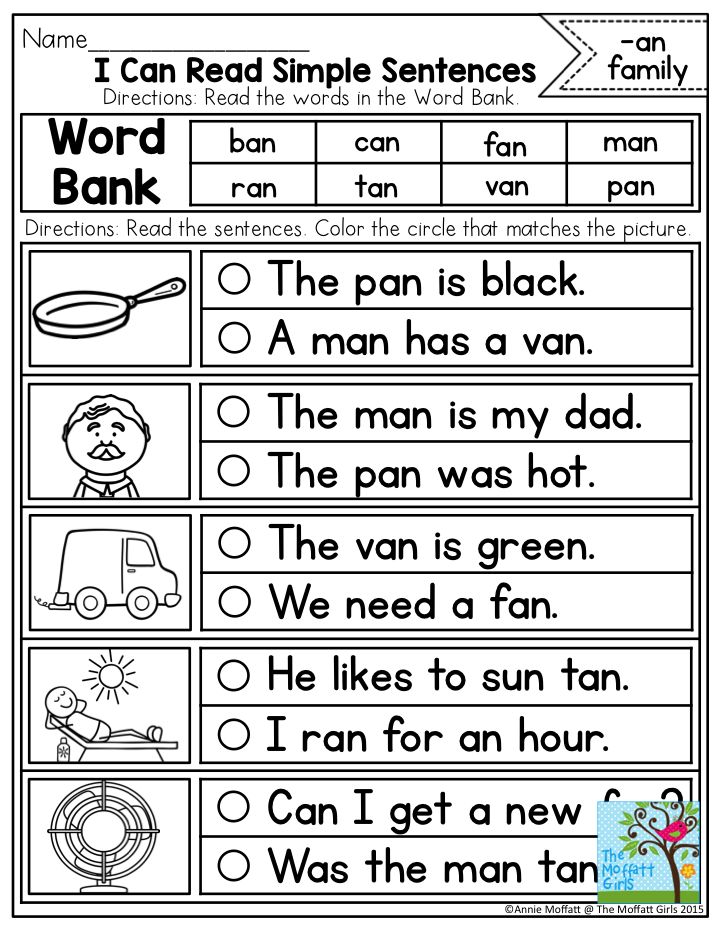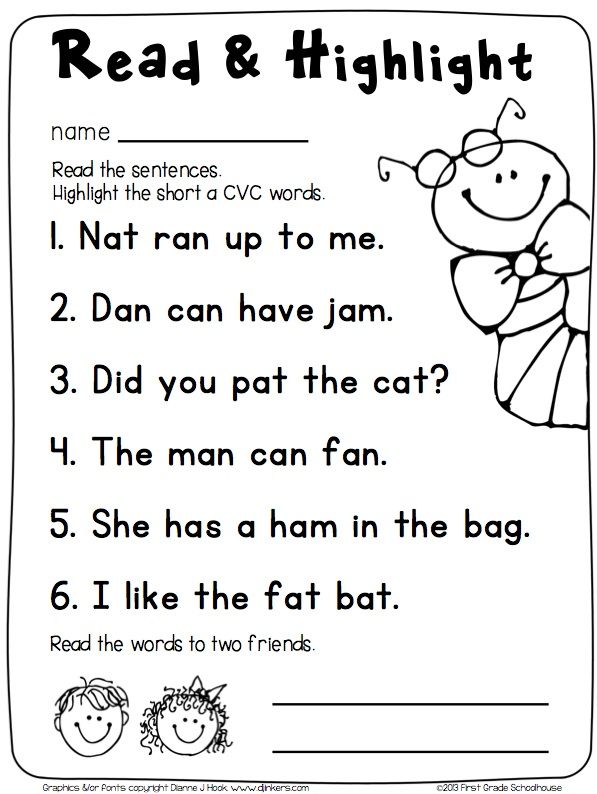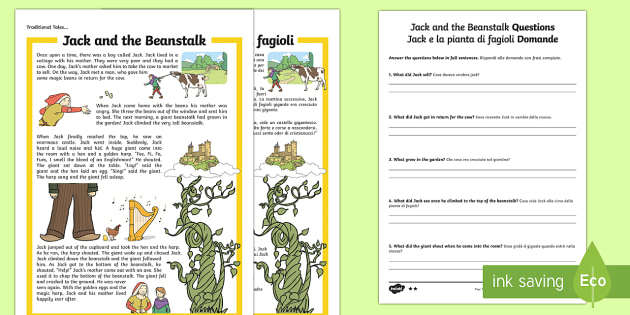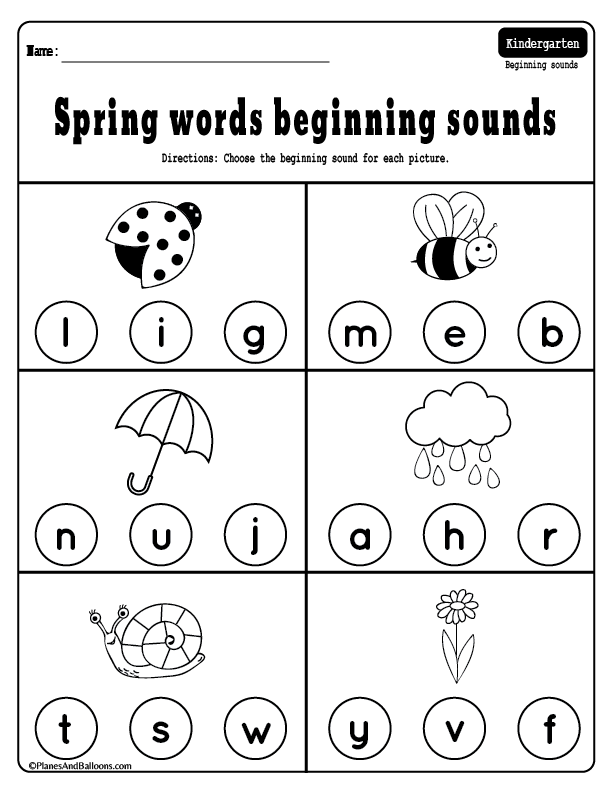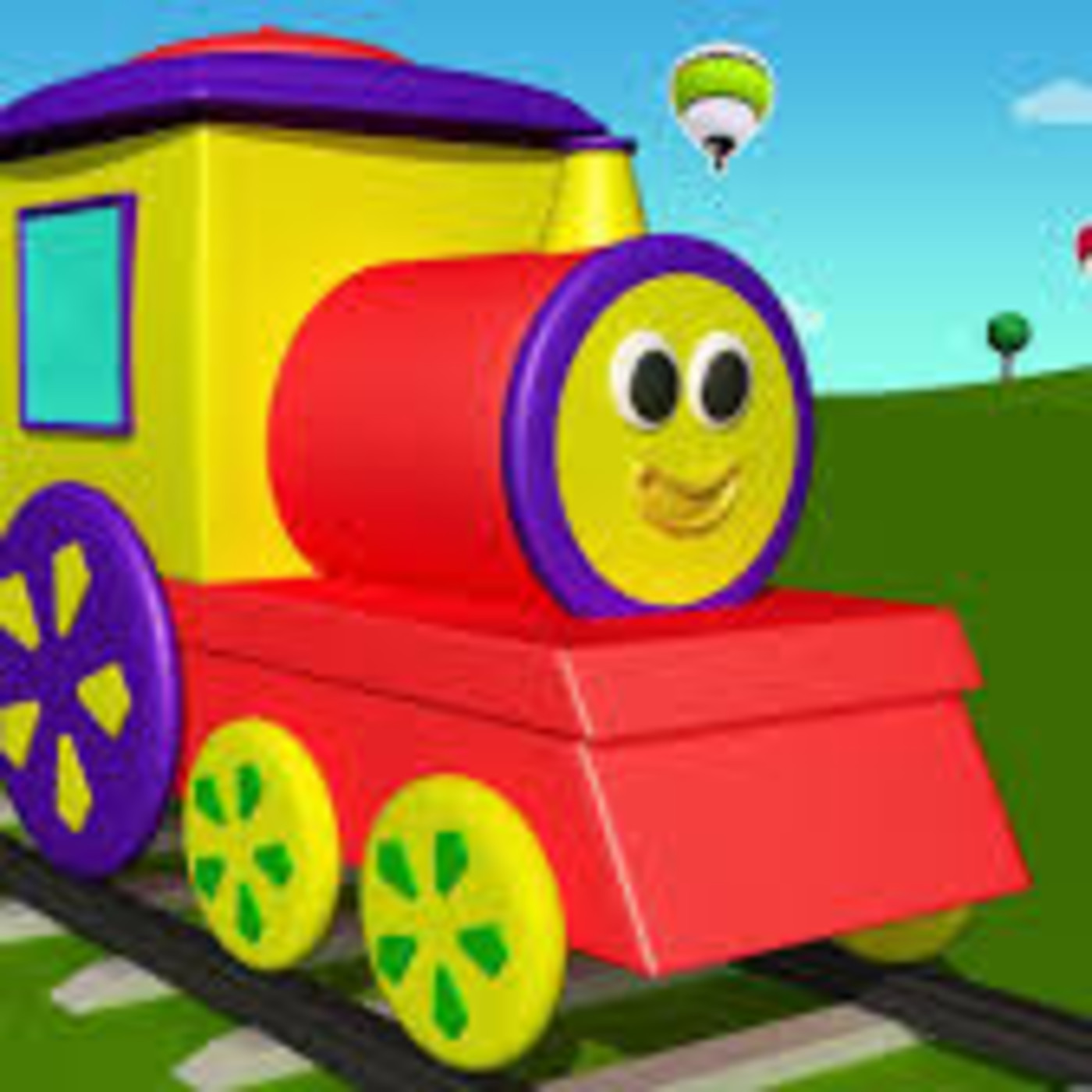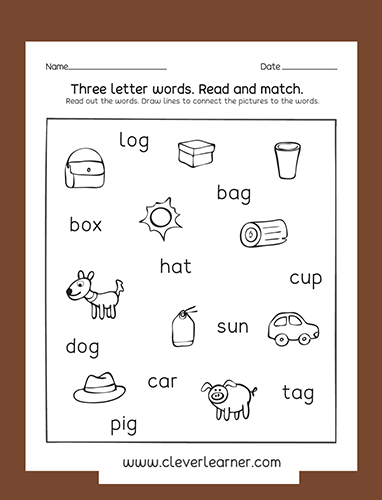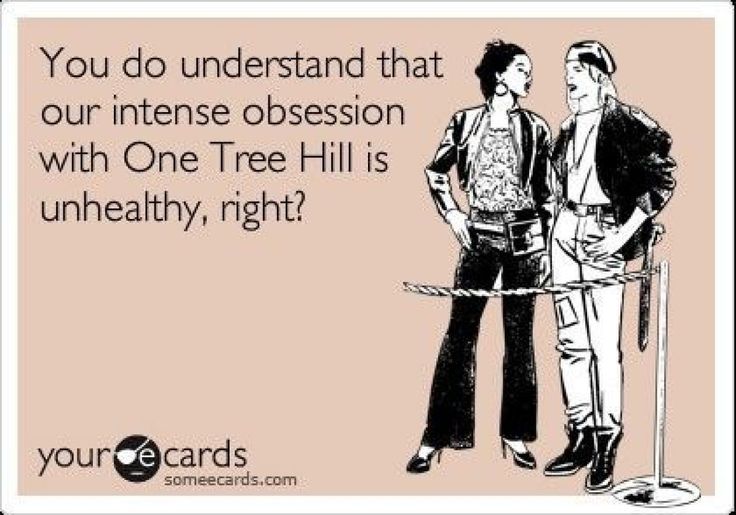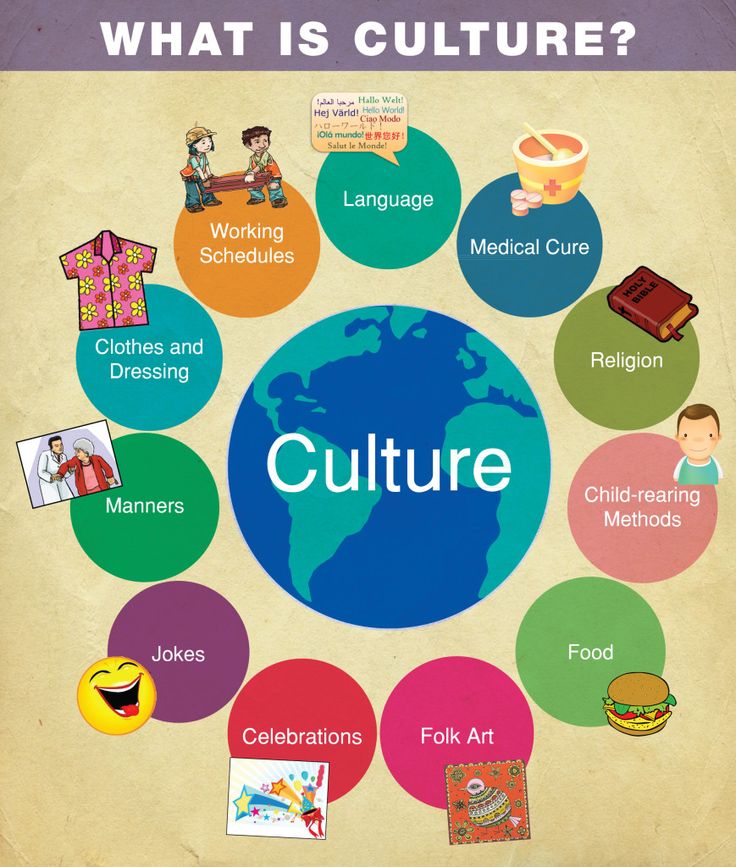Alphabets to learn
Alphabets
Advertisements
Alphabets, or phonemic alphabets, are sets of letters, usually arranged in a fixed order, each of which represents one or more phonemes, both consonants and vowels, in the language they are used to write. In some case combinations of letters are used to represent single phonemes, as in the English sh, ch and th.
The Greeks created the first phonemic alphabet when they adapted the Phoenican alphabet to write Greek. They used a number of Phoenician letters that represented consonant sounds not present in Greek to write Greek vowels.
The word alphabet comes, via the Latin word alphabētum, from the Greek word αλφάβητος (alphabētos), which itself comes from the first two letters of the Greek alphabet, α
(άλφα/alpha) and β (βήτα/beta). The names of the Greek letters were based on Phoenican letter names. The first two letters of the Phoenican alphabet are 'āleph (ox) and bēth (house).
The best-known and most widely-used alphabets are the Latin or Roman alphabet and the Cyrillic alphabet, which have been adapted to write numerous languages. Most other alphabets are used for a single language or just a few languages.
Alphabets currently in use
Armenian | Cyrillic |
Georgian (Mkhedruli) | Greek |
Korean (Hangeul) | Latin/Roman |
Naasioi Otomaung | N'Ko |
Tifinagh |
Alphabets in limited use
These alphabets are used for scholarly, religious, decorative or other purposes, but are not in regular use.
A-chik Tokbirim | Adinkra |
ADLaM | Avoiuli |
Chisoi | Coorgi-Cox |
Coptic | Fraktur |
Gaelic script | Kayah Li |
Koch Script | Luo Lakeside Script |
Manchu | Mandaic |
Mandombe | Medefaidrin |
Mongolian | Mro |
Mundari Bani | Nyiakeng Puachue Hmong |
Odùduwà | Ol Chiki (Ol Cemet' / Santali) |
Ol Onal | Old Hungarian script (Székely-magyar rovás) |
Sunuwar | Tangsa |
Toto | Wancho |
Xibe | Zoulai |
Alphabets not currently used
Anglo-Saxon Runes | Avestan |
Bassa (Vah) | Beitha Kukju / Vithkuqi |
Borama (Somali) | Carian |
Carpathian Basin Rovas | Caucasian Albanian |
Chinuk Pipa | Dalecarlian runes |
Deseret | Elbasan |
Etruscan | Faliscan |
Galik | Georgian (Asomtavruli) |
Georgian (Nuskhuri) | Glagolitic |
Global Alphabet |
Gothic Runes |
Gothic | Kayah Li |
Khatt-i-Badí’ | Khazarian Rovas |
Lepontic | Lycian |
Lydian | Messapic |
Naguaké Taíno | North Picene |
Ogham | Oirat Clear Script |
Old Church Slavonic | Old Italic |
Old Nubian | Old Permic (Abur) |
Old Uyghur | Orkhon / Old Turkic |
Oscan | Osmanya (Somali) |
Osage | Pau Cin Hau |
Phrygian | Pollard script |
Runic (Futhark) | South Picene |
Tai Viet | Todhri |
Umbrian | Zaghawa |
Please note
transcriptions in the International Phonetic Alphabet (IPA) are used extensively throughout this website.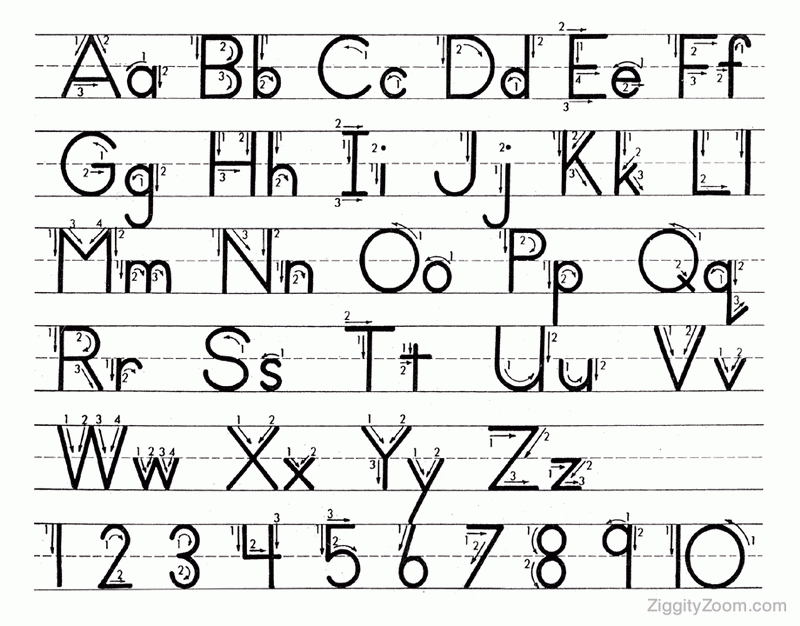 The IPA transcriptions are the letters and other symbols which appear in square bracketts, like this [b], [p]. etc.
The IPA transcriptions are the letters and other symbols which appear in square bracketts, like this [b], [p]. etc.
You can learn about the IPA and phonetics at
http://en.wikipedia.org/wiki/International_Phonetic_Alphabet
http://www.nativlang.com/linguistics/ipa-pronunciation-lessons.php
http://cmed.faculty.ku.edu/acdapres/rabeipa/index.html
https://linguischtick.wordpress.com/ipa/
https://www.youtube.com/watch?v=PBo5LAVYtX4
https://www.youtube.com/watch?v=r2frVKeVTKU
Writing systems: Abjads | Alphabets | Abugidas | Syllabaries | Semanto-phonetic scripts | Undeciphered scripts | Alternative scripts | Constructed scripts | Fictional scripts | Magical scripts | Index (A-Z) | Index (by direction) | Index (by language) | Index (by continent) | What is writing? | Types of writing system | Differences between writing and speech | Language and Writing Statistics | Languages
Page last modified: 20.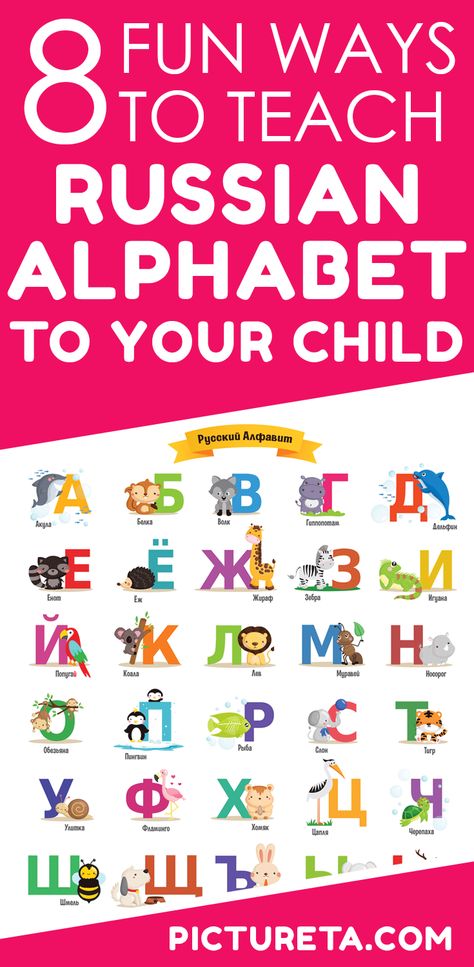 03.23
03.23
[top]
Why not share this page:
Learn languages for free on Duolingo
If you like this site and find it useful, you can support it by making a donation via PayPal or Patreon, or by contributing in other ways. Omniglot is how I make my living.
report this ad
Note: all links on this site to Amazon.com, Amazon.co.uk and Amazon.fr are affiliate links. This means I earn a commission if you click on any of them and buy something. So by clicking on these links you can help to support this site.
[top]
Best Tips to Help You Learn Easily
Are you beginning your journey into learning English? It’s always best to start from the beginning. And what better starting foundation is there than learning the English alphabet?Alphabets are everywhere. These sequential sets of symbols and letters represent the phonetics of any given language and form the foundation of many languages in the world.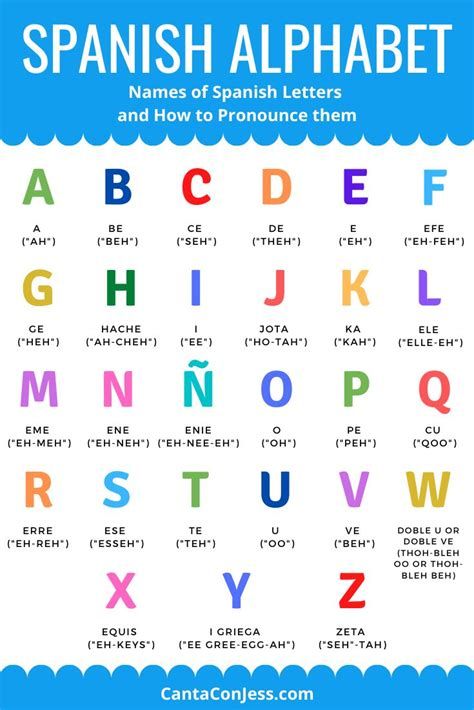
In this article, you’ll learn about the importance of the alphabet, the pronunciation of English alphabet letters, and the English phonetic alphabet. We also cover a few fun (and useful!) songs and tips to help you master the alphabet.
Keep reading to gain some specific knowledge of the English alphabet, practical tips on how to learn the English alphabet and get the confidence to read, pronounce and write English letters. Let’s get started.
Why learn the English alphabet?
The English alphabet is the foundation of the spoken English language, giving learners the benefit of understanding how to pronounce words and letters, think, and spell in the language.
Three of the biggest reasons to learn the English alphabet include:
1. To learn how to pronounce words
Learning and mastering the alphabet will help you to speak like a fluent English speaker. This will be helpful to you or other learners in being able to pronounce complete words. It’s a great way to learn letter sounds and master them properly.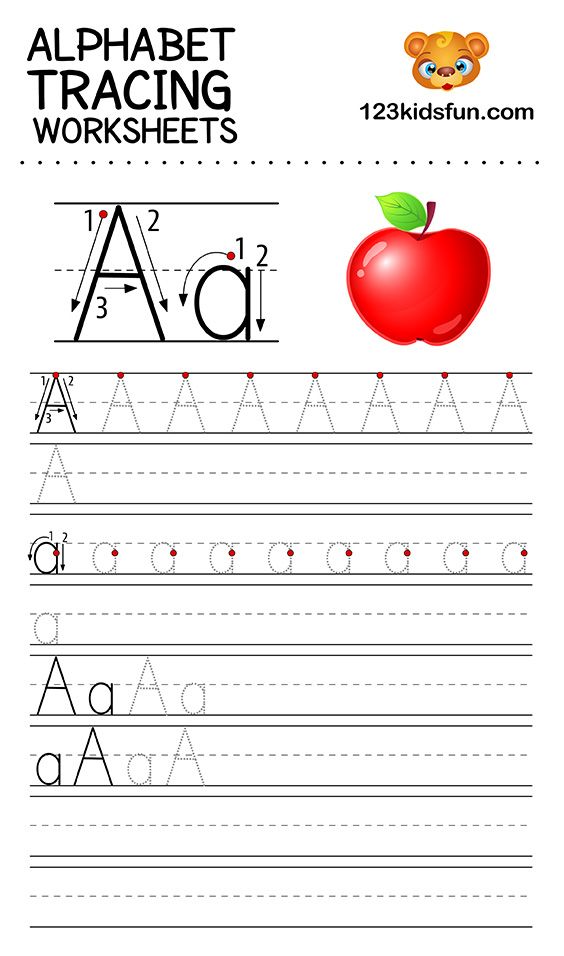
2. To think in the English language
When you think in the English language, you eliminate the need for translations from your first language. This will make it easy to communicate faster and speak more like a fluent English speaker.
Knowing the English alphabet and learning the sounds of each letter can help you read words as they’re spoken.
3. To learn how to spell
Learning the alphabet letters can help you master how to spell words in the English language and even form grammatically-correct sentences.
With knowledge of how to spell words in the English language, you can more easily communicate in it. You can also learn how to spell out useful words, like your name and address.
English alphabet pronunciation
Just as you learn to spell out words in English, you’ll also learn the pronunciation of each alphabet letter in the language. When letters are pronounced as part of a word, their pronunciation changes.
For example, the letter “y” is pronounced as /waɪ/.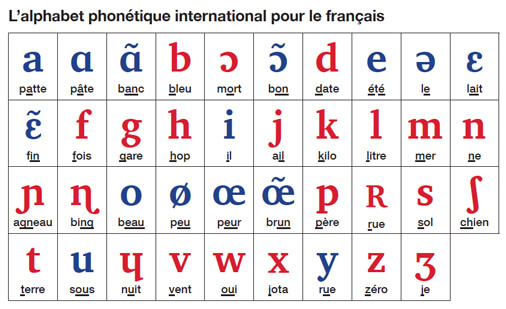 However, it’s pronounced as /i: / when part of a word, such as “family.”
However, it’s pronounced as /i: / when part of a word, such as “family.”
The English phonetic spelling helps students learn to understand how to pronounce letters and words. It will help you learn how to pronounce letters of the alphabet faster and remember them easily. For example, /waɪ/ is the phonetic spelling for pronouncing the letter “y.”
English Phonetic Spelling for Each Alphabet Letter and Relevant Pronunciation
| Upper case letter | Lower case letter | English alphabet pronunciation |
| A | a | [eɪ] |
| B | b | [biː] |
| C | c | [siː] |
| D | d | [diː] |
| E | e | [iː] |
| F | f | [ɛf] |
| G | g | [dʒiː] |
| H | h | [eɪtʃ] |
| I | i | [aɪ] |
| J | j | [dʒeɪ] |
| K | k | [keɪ] |
| L | l | [ɛl] |
| M | m | [ɛm] |
| N | n | [ɛn] |
| O | o | [oʊ] |
| P | p | [piː] |
| Q | q | [kjuː] |
| R | r | [ɑr] |
| S | s | [ɛs] |
| T | t | [tiː] |
| U | u | [juː] |
| V | v | [viː] |
| W | w | [ˈdʌbəl juː] |
| X | x | [ɛks] |
| Y | y | [waɪ] |
| Z | z | [ziː] |
The phonetic alphabet
What is the phonetic alphabet?
The phonetic alphabet uses the International Phonetic Alphabet (IPA) to give individual spelling of letters.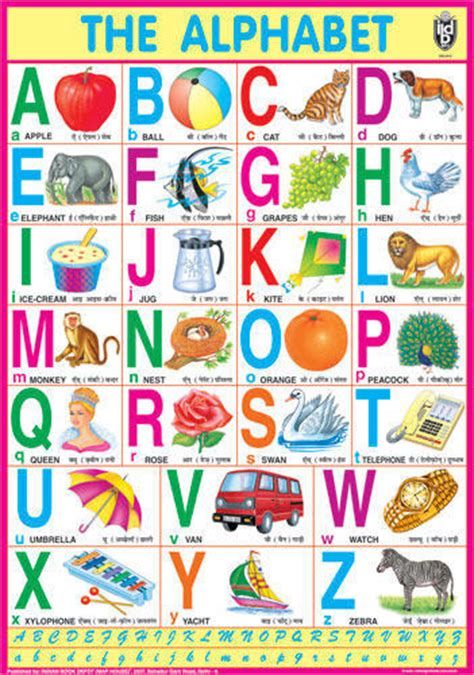 It enables learners to accurately represent the sounds of a language in written symbols and characters.
It enables learners to accurately represent the sounds of a language in written symbols and characters.
The spelling alphabet uses the NATO phonetic alphabet for communication. The set of words for oral communication utilizes a code word representing the initial alphabetic symbol or letter. The phonetic alphabet has 26 codewords assigned to the English alphabet from the first to the last letter.
| Symbol or letter | Codeword | Phonic pronunciation |
| A | Alfa/Alpha | Al Fah |
| B | Bravo | Brah Voh |
| C | Charlie | Char Lee |
| D | Delta | Dell Tah |
| E | Echo | Eck Oh |
| F | Foxtrot | Foks Trot |
| G | Golf | Golf |
| H | Hotel | Hoh Tell |
| I | India | In Dee Ah |
| J | Juliett | Jew Lee Ett |
| K | Kilo | Key Loh |
| L | Lima | Lee Mah |
| M | Mike | MIke |
| N | November | No Vember |
| O | Oscar | Oss Cah |
| P | Papa | Pah Pah |
| Q | Quebec | Keh Beck |
| R | Romeo | Row Me Oh |
| S | Sierra | See Airrah |
| T | Tango | Tang Oh |
| U | Uniform | You Nee Form |
| V | Victor | Vik Tah |
| W | Whiskey | Wiss Key |
| X | X-Ray | Ecks Ray |
| Y | Yankee | Yang Key |
| Z | Zulu | Zoo Loo |
English alphabet songs
Science suggests that music and language learning go hand in hand! With that in mind, English alphabet songs could be a practical way to get the English alphabetic letters cemented in your memory when learning the English alphabet.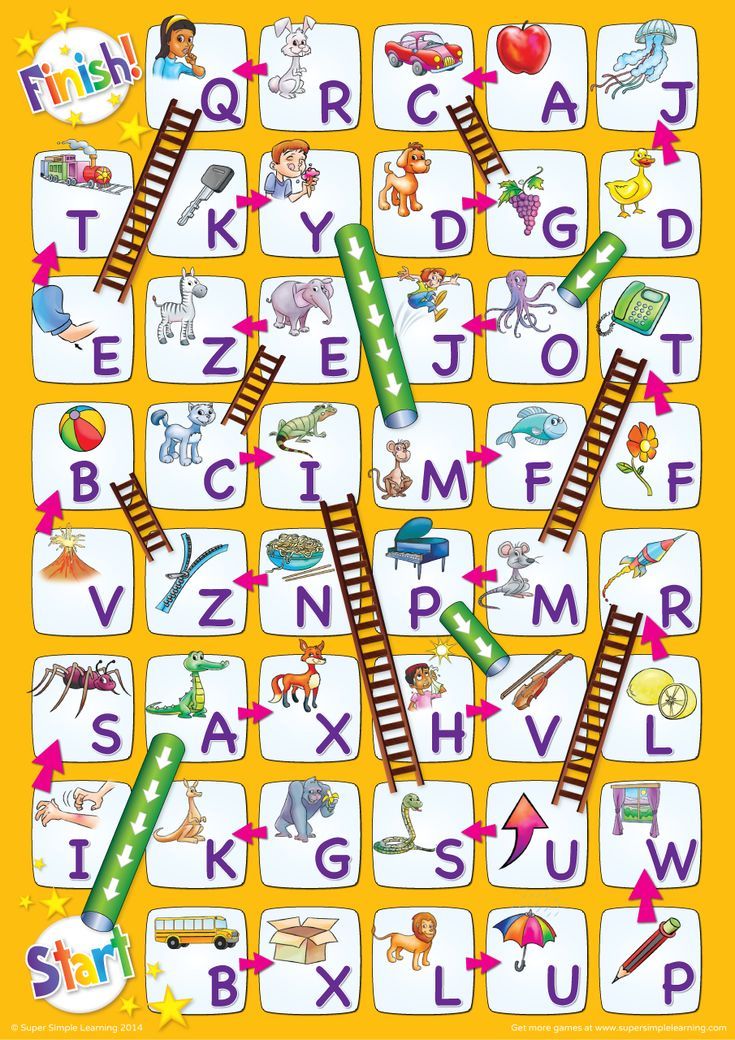
Some popular English alphabet songs include:
See It, Say It, Sign it by Jack Hartmann – Children’s Music
This English alphabet song teaches the sign language (the American Sign Language) of each letter of the English alphabet, including corresponding letter sounds.
The ABC Song – A Pop Music for Kids
This song helps kids to learn the English Alphabet with their corresponding phonics.
The ABC Song for Adult ESL Learners
With this English alphabet song, adult learners can master letters of the alphabet, such as ABC in English, including their sounds and phonics.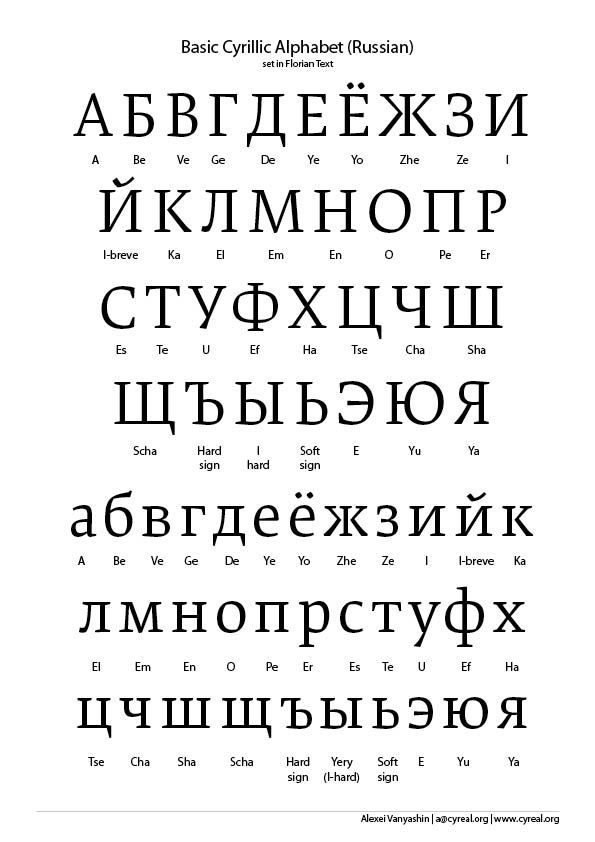
FAQs for the English alphabet
What are some English alphabet exercises I can do to help me learn?Some English alphabet exercises to help you learn include:
- vowels: listen and math;
- the alphabet: listen and write, listen: place the letters in order; and
- write the missing letters, among others.
Semitic-speaking people in the Middle East developed the alphabet at about 1700 B.C. before being spread by the Phoenicians about 700 years later. It was from this alphabet that the modern alphabet was developed.
How many letters are in the English alphabet?The English alphabet has 26 letters, including 21 consonants and 5 vowels.
How to learn the English alphabet: Tips and tricks
English is used widely across the world, and the pronunciation of letters and words can help you correct a heavy accent.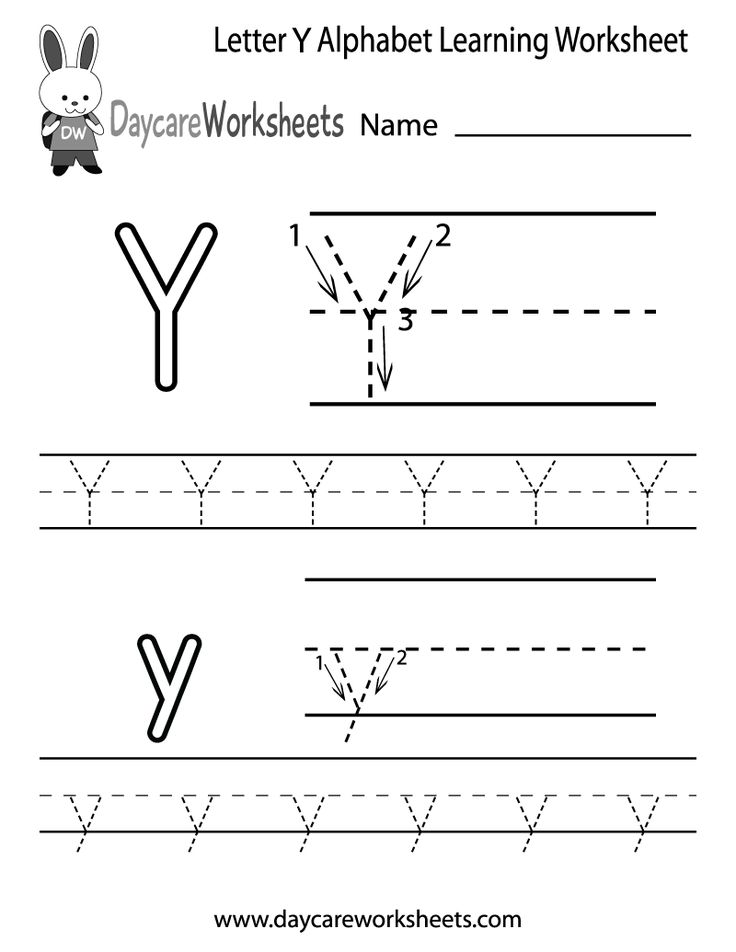
Also known as the modern Latin alphabet, the English alphabet provides a solid foundation for learning English as a first or second language.
Whether you want to learn English as a second language or you’re keen to become a polyglot with a different language alphabet, the following tips can help you master the basics of the English alphabet:
1. Gamify your alphabet learningFirstly, learn how to spell out your own name correctly - this is one of the most common words you will need to repeat and often.
Associate objects to the sounds of the first letter of words you already know in English to help you master the alphabet letters. For example, “c” for ‘car’ or “d” for ‘dog’.
Learn words and spelling in batches of 4 or 5 letters to prevent information overload.
Alphabet games can help you to learn the alphabet letters in fun ways, eliminating boredom and enhancing your morale for learning. Some fun games for memorable and enjoyable learning include:
- Alphabet puzzles
- Treasure hunts
- Object Match – uses random objects or pictures to help you learn the sound of the first letters in words or names.
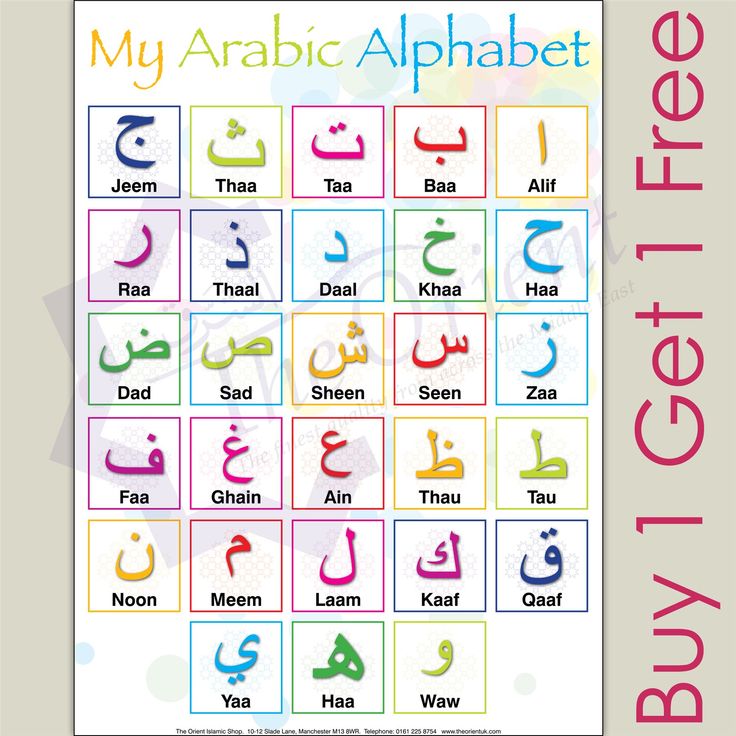 The game allows for competitive fun among learners.
The game allows for competitive fun among learners.
Visuals can help you memorize how letters are formed and written correctly, while audio helps you learn the sounds of each alphabet letter.
Although you can recite individual alphabet letters and memorize them, video technology has made the learning process easier. YouTube and other free online platforms are useful sources of videos for learning the English alphabet.
3. Spelling or reciting lettersSpell out words loudly and recite their letters to master the English language alphabet. You can also learn from the mistakes of other students when they recite letters and spellings of words.
As a result, you’ll master the letters of words you already know and even learn new ones. Use vocabulary and grammar at your learning level to master words easily.
4. Learn simple words firstThe English alphabet pronunciation, spelling, grammar, and vocabulary are the pillars of learning the English language.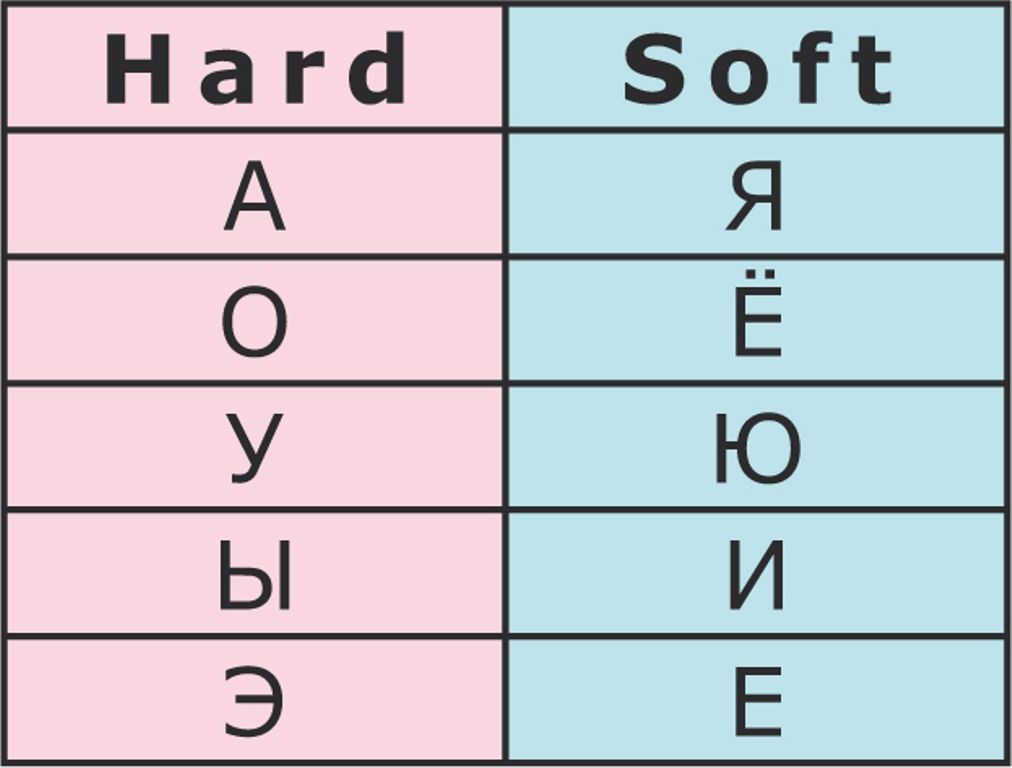 You can learn basic vocabulary, such as days of the week, as you master the alphabet to progress faster in your learning endeavor.
You can learn basic vocabulary, such as days of the week, as you master the alphabet to progress faster in your learning endeavor.
After mastering symbols and words, you can proceed to learn more advanced grammar. After learning how to spell out your name, focus on words that use common English alphabet letters A, B, D, N, and E.
You can use the letters to form various words, such as:
- Bad
- Den
- Bed
- Dan
- Ben, etc.
At this point, you can also learn how to produce sounds using consonants and vowels.
Learning the English alphabet is an excellent foundation
The English alphabet is the basis of learning the language as an ESL learner. Knowing these 26 letters will assist you in learning English online, including how to pronounce each letter and use them to create words.
So whether you’re looking to begin your own journey, are looking for some tips to help someone you know begin theirs, remember - practice makes perfect.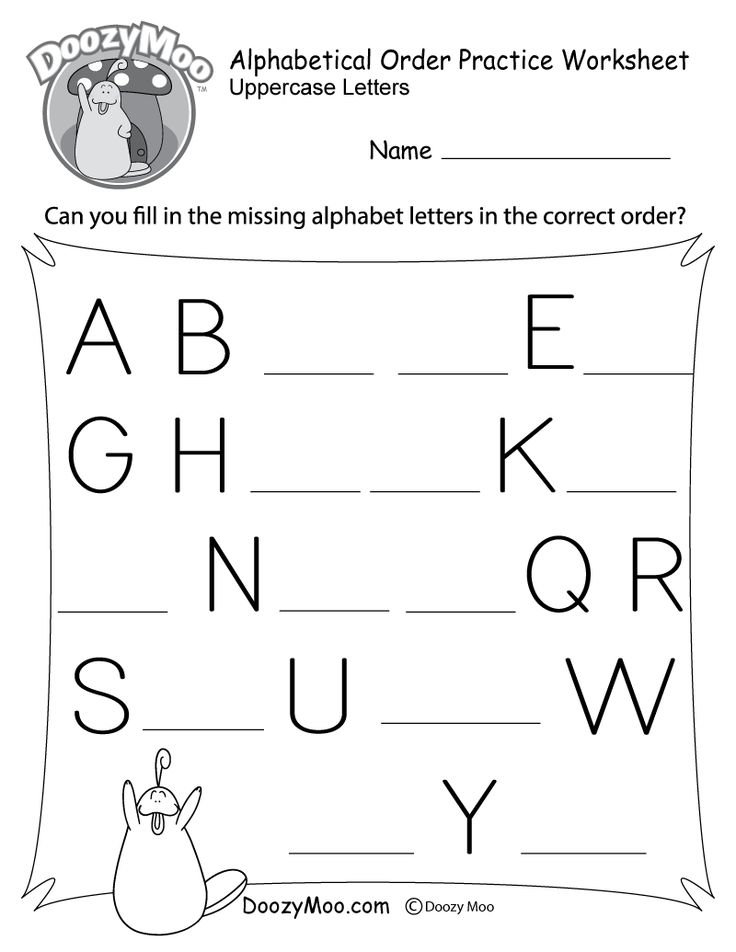 Soon, you’ll be able to sing the ABCs better than the Jackson 5 and then progress to more advanced English topics - all the while having fun!
Soon, you’ll be able to sing the ABCs better than the Jackson 5 and then progress to more advanced English topics - all the while having fun!
The alphabet is the first thing a person who starts learning any foreign language gets acquainted with. Most European languages use the Latin alphabet familiar to us with small inclusions of characteristic letters, so, knowing, for example, the English alphabet, it is not difficult to understand another European one. The situation with Japanese is fundamentally different: it uses not only letters, but also hieroglyphs, which can replace several letters at once. This alone scares those who are just starting to study the language. However, this is not a reason to refuse to get acquainted with such an unusual and interesting language - rather, on the contrary, this is a great chance to learn something new and unusual.
And the Capital School Center will help you with this.
Features of the Japanese alphabet
The first and most important feature of the alphabet in this language is that there are two of them. One alphabet is called katakana and the other is called hiragana. In total, both katakana and hiragana have 46 characters each, which are combined into the gojuon table. However, before you start mastering them, you need to understand what is the difference between them.
Both alphabets are read the same way. The difference lies only in their application.
Hiragana is used to write part of prefixes, suffixes and particles. With the help of this alphabet, you can also write down some words in their entirety. As a rule, people who are just starting to learn Japanese use only hiragana because it is easier. This alphabet includes both vowels and consonants, and its signs are easy to write down. Hiragana is also used by little Japanese, because in childhood it is difficult for them to cope with complex hieroglyphs and build full-fledged sentences with their help.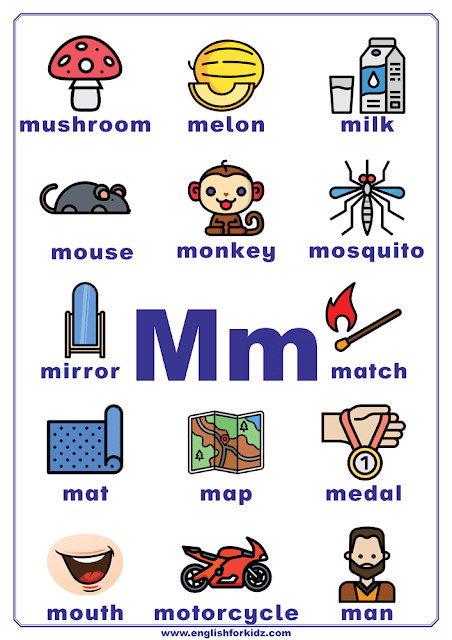 You can get an idea of hiragana and its correct pronunciation from the table below.
You can get an idea of hiragana and its correct pronunciation from the table below.
When hiragana is successfully mastered, students move on to katakana. It is used to write down foreign words or highlight any word. In a sense, it replaces Russian italics. It should not be surprising that a separate alphabet had to be created for foreign borrowings. Its appearance is historically explained by the fact that Western culture had a great influence on Japan for a long time, so the emergence of new symbols to denote unusual sounds is quite natural.
If you look closely at katakana, it is easy to notice borrowings from different languages - English, French, Chinese and others.
Over time, katakana has undergone a number of changes, since in the 20th century many new foreign words appeared, and there were not enough letters to accurately convey them.
Despite the additions that have appeared, a number of words are still read in the Japanese manner.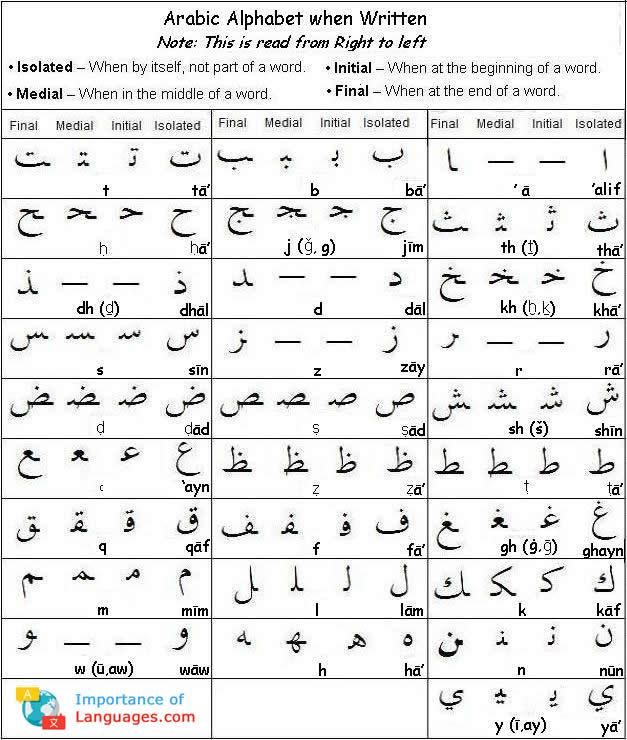
The vast majority of words in this language have an open syllable, while in foreign ones there are often closed ones. Therefore, the Japanese add "u" to each vowel at the end of the syllable.
For example, "gram" would be read as "gu-ra-mu".
Katakana signs are presented in the table below.
One of the key features of Japanese is that it is a syllabic language, that is, the alphabet does not include letters and sounds, but syllables. For example, in Russian the word "sakura" is written with six letters, while in Japanese it takes only three characters. As a rule, a consonant and a vowel are included in one syllable, so that all syllables are open - remember, for example, the well-known borrowings "tsunami" or "hara-kiri". In Japanese, there are only five characters that represent consonants. The writing system is due to the very phonetic feature of Japanese. Several consonants in a row are a huge rarity for this language.
There are three groups of sounds in Japanese:
- consonants (pronounced as k, g, s, dz, t, d, c, x, f, p, b, m, r, n)
- vowels (a, i, y, e, o)
- and semivowels (й, w)
The combination of these sounds is the phonetic alphabet.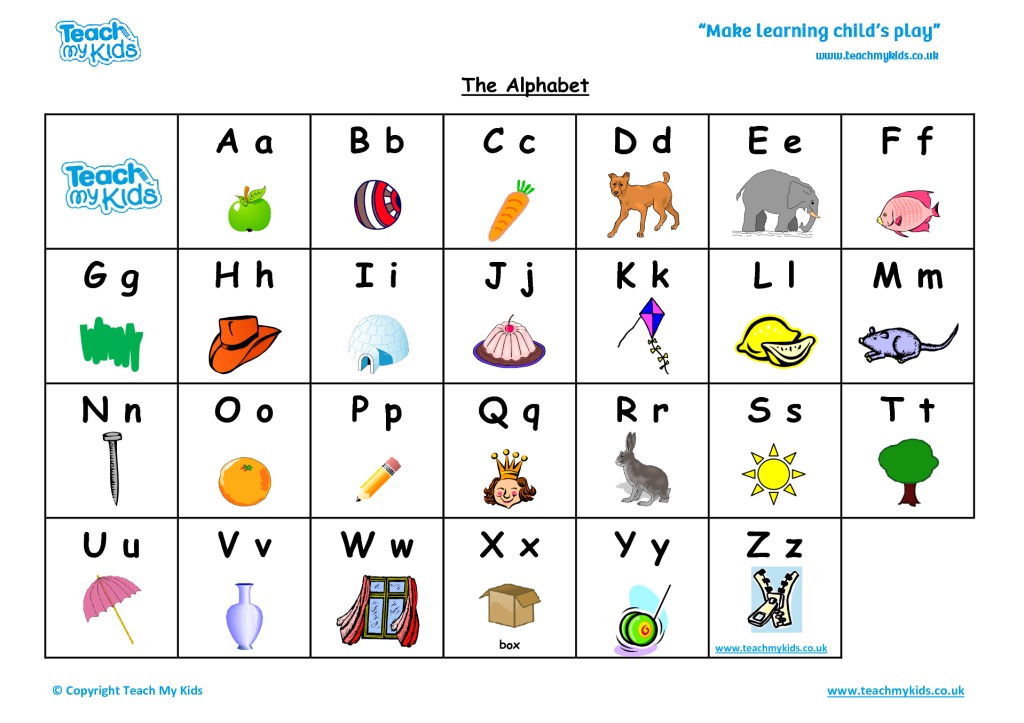 It is built very clearly and looks like a matrix. In the gojuon table, which we already mentioned above, syllables with repeated consonants are placed in one row, and syllables with repeated vowels are placed in columns. Moreover, each syllable can be written in both katakana and hiragana.
It is built very clearly and looks like a matrix. In the gojuon table, which we already mentioned above, syllables with repeated consonants are placed in one row, and syllables with repeated vowels are placed in columns. Moreover, each syllable can be written in both katakana and hiragana.
The syllabary system of the language is not unique to Japanese, but it is fair to say that the popularity of the Japanese syllabary is the highest. By the way, even when talking on the phone, the Japanese will dictate words to the interlocutor by syllables.
Japanese has other features that may seem strange and unusual from the outside. For example, in Japanese there is no letter "l", respectively, you will not hear a similar sound in words. In addition, many words of foreign origin are abbreviated in speech and writing, and sometimes to such an extent that it becomes difficult to recognize a word by ear. Therefore, many Japanese teachers recommend memorizing these abbreviations separately so as not to get lost and confused in practice.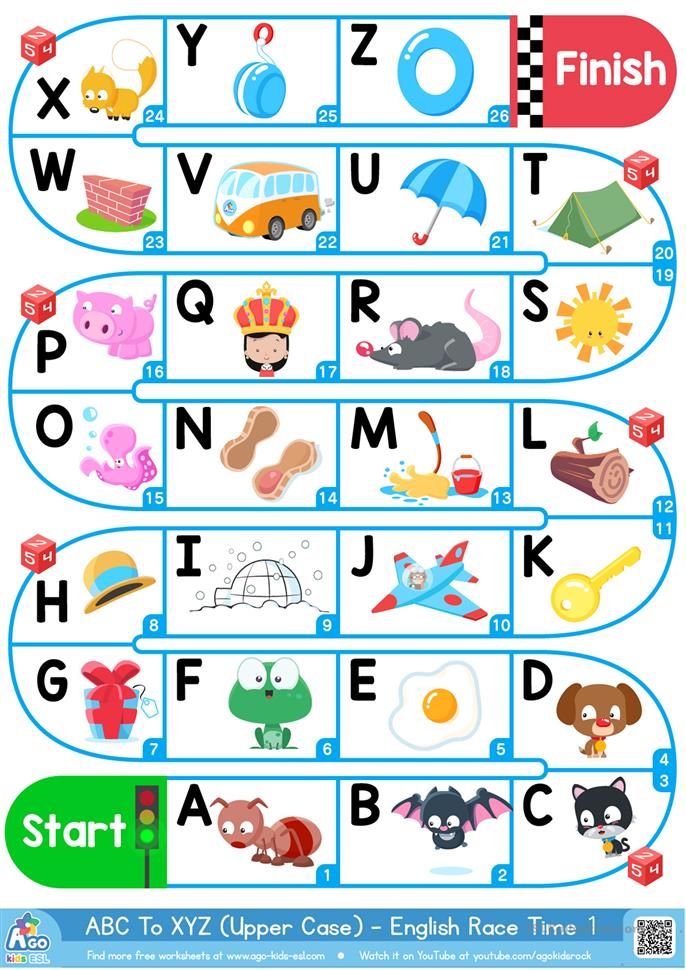
Please note: Hiragana and Katakana are not hieroglyphic alphabets, they are alphabetic. Hieroglyphic characters are also used in Japanese, but outwardly they look different. Usually, such signs are signed on top with the help of hiragana, which helps to read correctly. At the stage of language learning, the Latin alphabet is sometimes used for this.
A great advantage of Japanese over many European and Russian languages is that it is clearly related to phonetics. There are not many discrepancies between spelling and pronunciation. In any case, it is advisable to take up the study of phonetics and sounds in parallel with the development of the alphabet.
Romaji is sometimes found in Japanese, a Latin script used for abbreviations of foreign names. For example, ATM (Automatic Teller Machine, translated from English into Russian - ATM) will be written that way, in Latin.
Are you already confused and learning Japanese is starting to feel impossible? Do not worry! Many people have done it before you.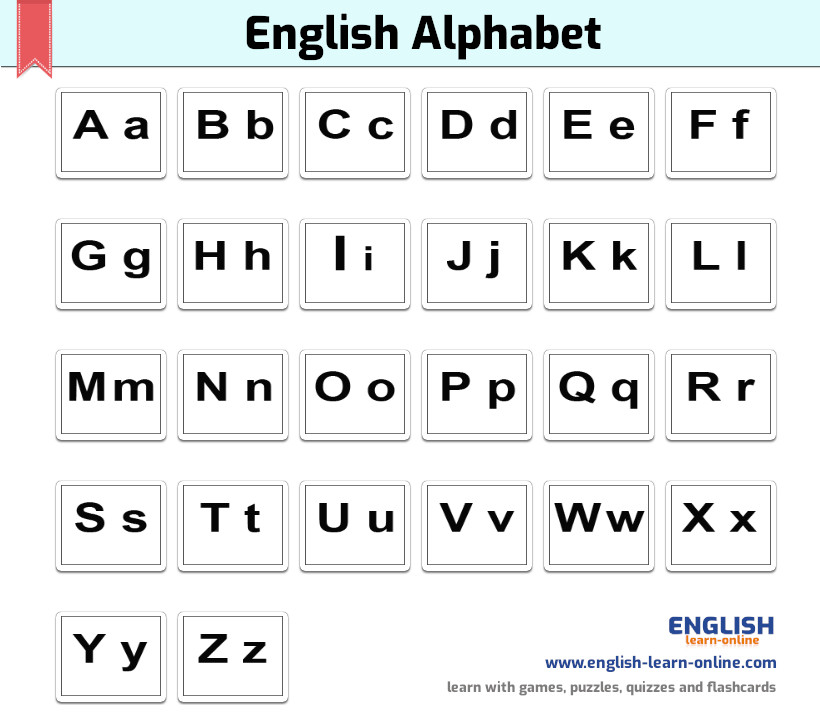 There are even many life hacks and ways to simplify your life and the process of learning Japanese on the Internet. For example, some believe that a number of hiragana letters resemble English or Russian ones, and many others can be remembered with the help of associations. Some people see symbols or even drawings in them that help memorize faster. Another important life hack for those who want to quickly and easily learn Japanese and its seemingly difficult alphabet - contact an experienced Japanese teacher for help!
There are even many life hacks and ways to simplify your life and the process of learning Japanese on the Internet. For example, some believe that a number of hiragana letters resemble English or Russian ones, and many others can be remembered with the help of associations. Some people see symbols or even drawings in them that help memorize faster. Another important life hack for those who want to quickly and easily learn Japanese and its seemingly difficult alphabet - contact an experienced Japanese teacher for help!
How to learn hiragana quickly?
Teachers who have been teaching Japanese for years say that hiragana can be mastered easily in five days. However, if you take on the study of this alphabet on your own, it can take you up to several months to complete it. And then at least the same amount to study the second alphabet of katakana, which, by the way, is considered more difficult. Of course, all people are different, and someone catches on the fly, and someone has to sit longer. But it cannot be denied that the help of experienced teachers will not be superfluous in any case, especially when it comes to learning Japanese.
But it cannot be denied that the help of experienced teachers will not be superfluous in any case, especially when it comes to learning Japanese.
Why is a teacher so necessary to start speaking Japanese? This language is very different from all European and from Russian. If, while studying, say, Spanish after French, you can manage on your own for the time being, then such a thing will not work with Japanese. It is very original, it has many features and specifics that no other has. They appear in everything: from the alphabet to the construction of sentences. Despite the fact that Japanese has not been able to avoid foreign borrowings and even, as we have said, the introduction of the Latin alphabet, it still cannot be compared with those languages that you could learn before.
The advantage of working with a teacher, no matter what you are studying together, is also the ability to quickly identify your mistakes, understand them, correct them and not repeat them again.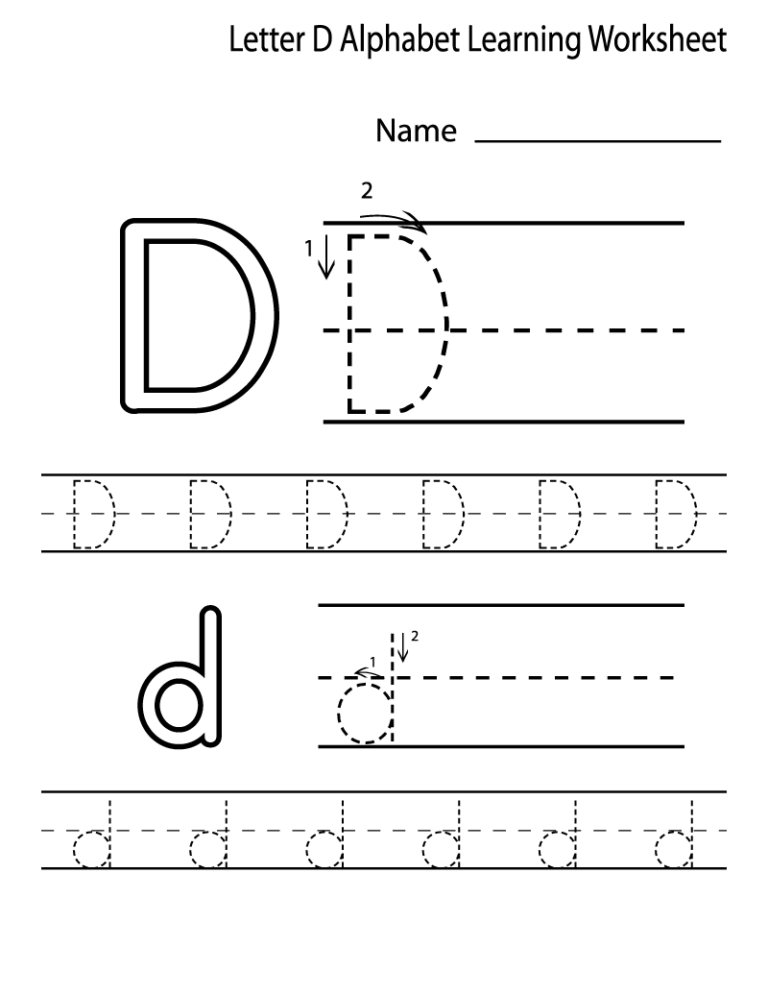
Doing this whole process on your own is not easy, at least not at the initial stage.
Finally, let's admit that learning languages on your own requires a lot of motivation and willpower.
Almost everyone will sooner or later be tempted to move their Japanese classes to another day when you are less tired, more free, and so on.
If you study with a teacher according to a clear schedule, you won't be able to take a break from classes.
Capital School Center provides Japanese lessons in groups or individually, in school or via Skype.
Regardless of the chosen format of classes, we guarantee their high quality, personal approach to each student, friendly and pleasant atmosphere in the learning process.
Call by phone in Moscow or leave a request through the form on the site, come to a trial lesson and start learning Japanese with us!
Submit a request
17 alphabet games
A rare child gets acquainted with the alphabet only at school.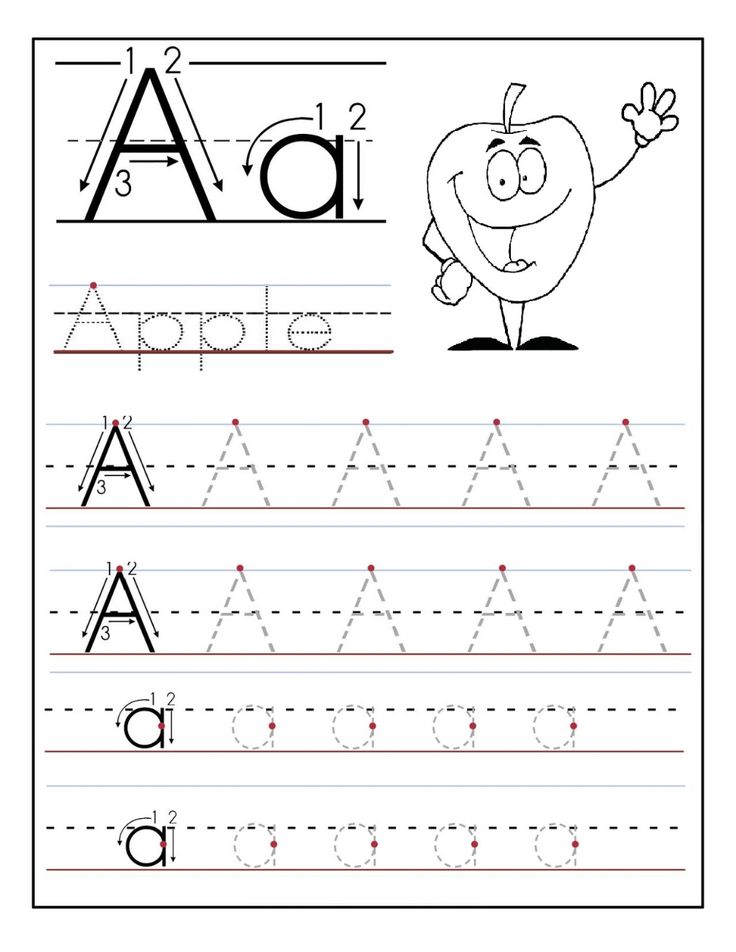 Modern parents strive to show the letters to the baby and teach them to distinguish them as early as possible. How can I do that? Of course, in an entertaining way! Educational psychologist Samira Filatova talks about games for learning the alphabet for preschoolers.
Modern parents strive to show the letters to the baby and teach them to distinguish them as early as possible. How can I do that? Of course, in an entertaining way! Educational psychologist Samira Filatova talks about games for learning the alphabet for preschoolers.
Samira Filatova, teacher-psychologist of the Academic Gymnasium of St. Petersburg State University
Getting to know the letters
I would conditionally divide all the ways of learning the alphabet into exercises “at the desk” (they are usually given in teaching aids), outdoor games and those that are aimed not only at memorizing letters, but also at developing fine motor skills, creativity, creative abilities. And each child at a different time may come up with all these methods.
The first thing to do to get to know the letters is to hang the alphabet on the wall. Most often, you can find options with the image of objects whose names begin with the specified letter. Better yet, an alphabet with sound effects.
It is desirable that not the letters of the alphabet are pronounced, but the sounds that they designate, that is, not "Ka", but [k]. It is believed that thanks to this approach, it will be easier for a child to learn to read.
So, the acquaintance with the letters has happened, now you can start memorizing them. The game is the best for this. After all, the game is the leading activity in preschool age. Learning through play is effective and, with the right approach, will not tire the child.
At-the-Desk Exercises
You can purchase special manuals, print them off the Internet, or even draw the letters yourself. What kind of assignments can you come up with?
Find the desired letter among other letters . Arrange the letters randomly on a piece of paper. Name any of them, and the task of the child is to find it. It happens that children themselves name the letter they want to find. In this case, do not refuse them.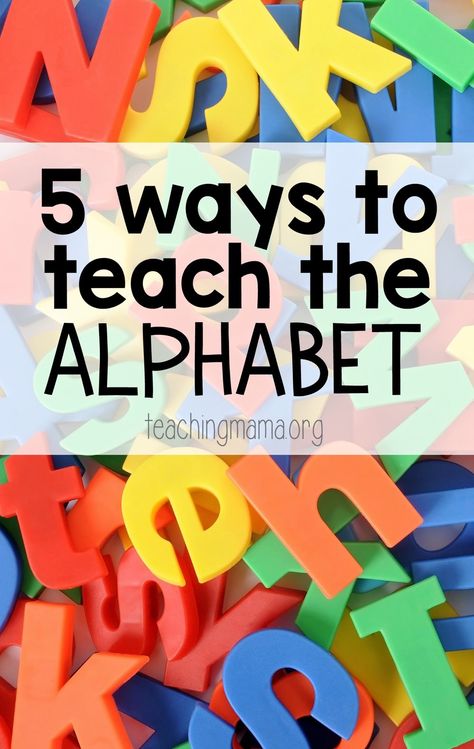
Find the correct letter in the drawing . The task differs from the previous one in that the letters are, as it were, built into the picture. For example, a house, trees, flowers, swings are depicted. The letter "P" can be window sashes or swings; the letter "M" - grass; the letter "K" is hiding in the branches of trees. A more difficult version of this game is to find objects in the picture that begin with the desired letter.
Find letters of the same color, size, name them. Letters of different sizes and colors are “scattered” on a sheet of paper. The child needs to find all the letters that are the same according to the given criteria and name them. A more complicated option is to change the orientation of the letter in space. Then the variant of the task may be as follows: "Find all the letters that lay on the left side."
Assemble the letter as a mosaic . Write the letter so that it occupies the entire sheet, color and cut it into squares, triangles, any shapes.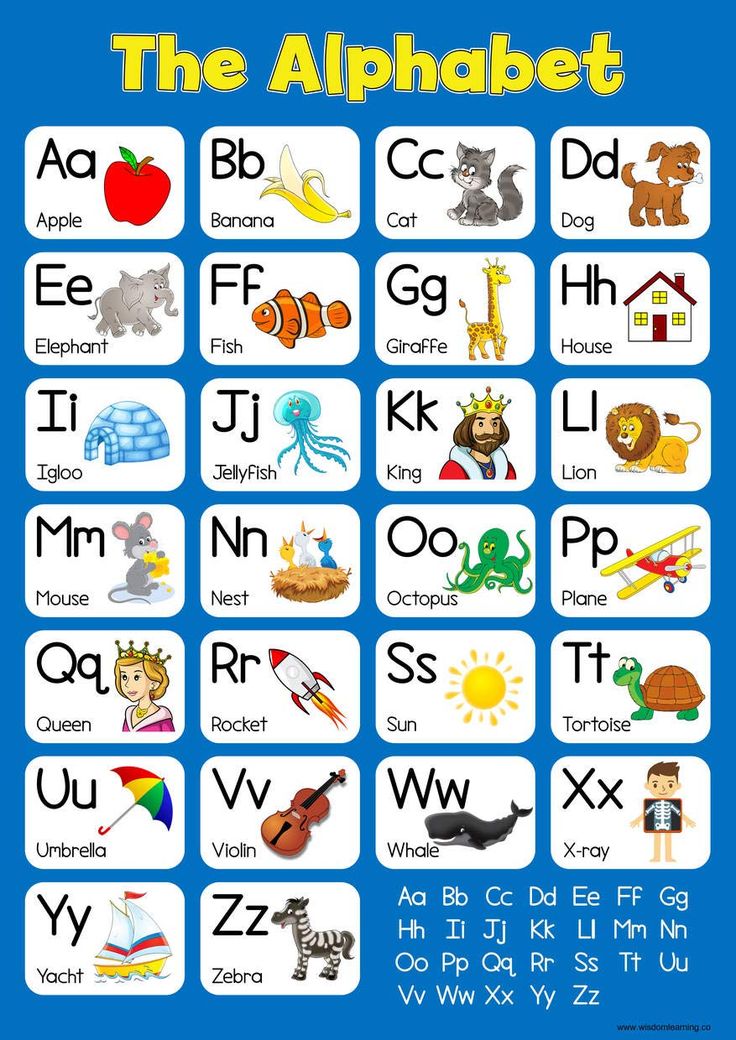 You can also entrust this to the baby if he already knows how to use scissors. In this case, you need to make the markup with a dotted line to make it easier for him to cut. The task of the child is to put the letter back from these figures.
You can also entrust this to the baby if he already knows how to use scissors. In this case, you need to make the markup with a dotted line to make it easier for him to cut. The task of the child is to put the letter back from these figures.
What else can you do with letters on paper? Coloring them, tracing them with a dotted line - there are many options for action.
I would also include in this group the game "Memory" , in which you need to find the same letters. You can complicate it: name not only the matching letters, but also the words that begin with them. Picture Lotto is also great for learning the alphabet.
Those who have already mastered the letters can try to start reading. It will be very useful for learning syllables "Cashier of letters and syllables" . You can buy it in the store or print it yourself from the Internet. How to play with her?
Prepare pictures of animals and objects, select cards with letters and syllables and ask the child to match them.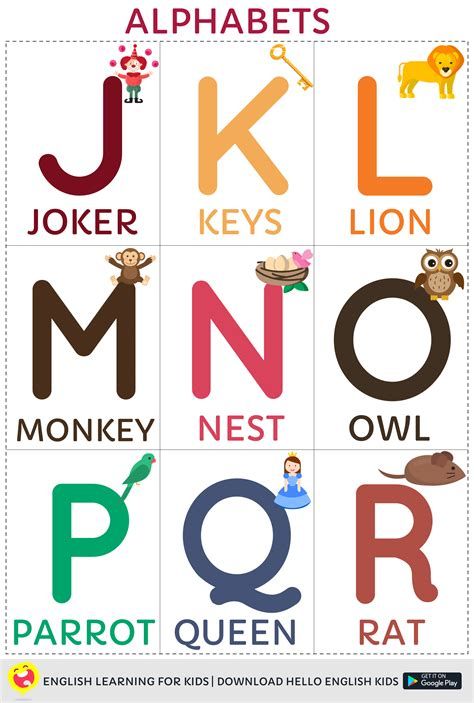 In the future, you can complicate the task: give children syllables in the wrong order (for example, “Ka” and “Mouse”, which he must match with the image of a mouse, for this he will have to rearrange the syllables). I would mark this task as one of the most useful. Teachers recommend teaching children not only by choosing the right solution, but also by searching for inconsistencies, inconsistencies, and wrong answers. This develops the ability to analyze, and in the future - the ability to critical thinking.
In the future, you can complicate the task: give children syllables in the wrong order (for example, “Ka” and “Mouse”, which he must match with the image of a mouse, for this he will have to rearrange the syllables). I would mark this task as one of the most useful. Teachers recommend teaching children not only by choosing the right solution, but also by searching for inconsistencies, inconsistencies, and wrong answers. This develops the ability to analyze, and in the future - the ability to critical thinking.
Creative games that help develop fine motor skills
Here the kid will make letters on his own : sculpt them from plasticine or dough, decorate cardboard blanks with coins, buttons and beads, make crafts from improvised means (designer, twigs, leaves, cotton buds, sweets ).
Have the child draw letters on the sand (you can use kinetic). Working with sand is useful for the development of fine motor skills, as well as for optimizing the psycho-emotional state.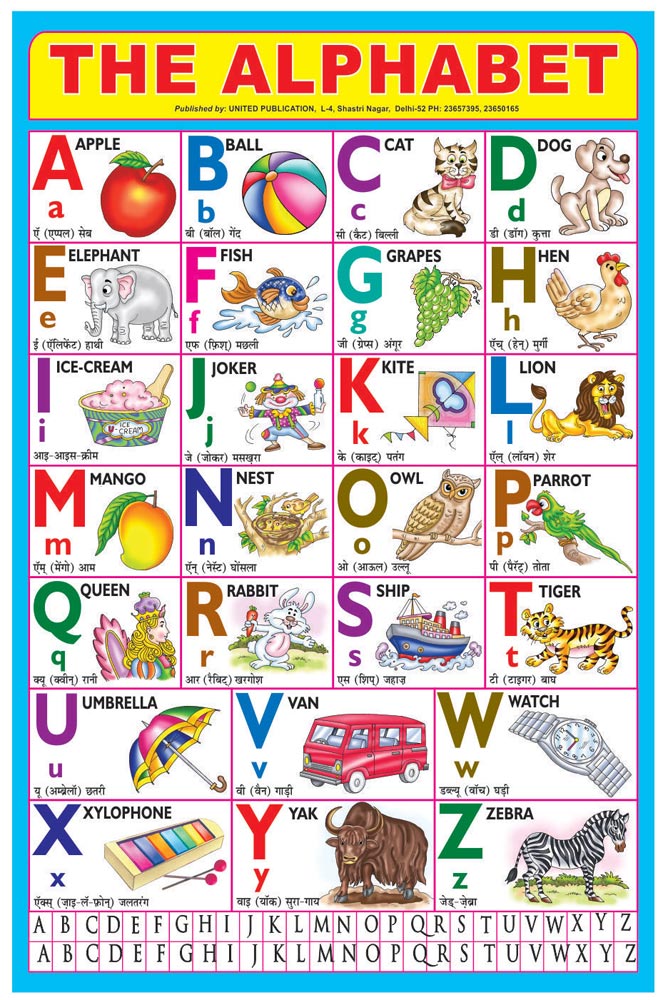 Let the kid choose what he wants to draw. Show by your own example what needs to be done: start writing short words or names in the sand, you can add a beautiful ornament and write the letters themselves in a special graceful handwriting.
Let the kid choose what he wants to draw. Show by your own example what needs to be done: start writing short words or names in the sand, you can add a beautiful ornament and write the letters themselves in a special graceful handwriting.
Children love to play with magnetic letters . Try leaving short messages to each other by posting them on a refrigerator or a magnetic board, or compete to see who can write the longest word or the most short ones.
You can combine these options: bury plastic letters in kinetic sand, and then, while digging, name them. An "advanced" option is to invent fairy tales about these letters.
Use interactive books in which the child presses on a letter and hears the corresponding sound. But before you bring such a book home, make sure that the sounds in it are pronounced correctly.
Outdoor games
Print letters on sheets of paper and stick them on furniture and walls. The task of the child is to find the letter , which you will name.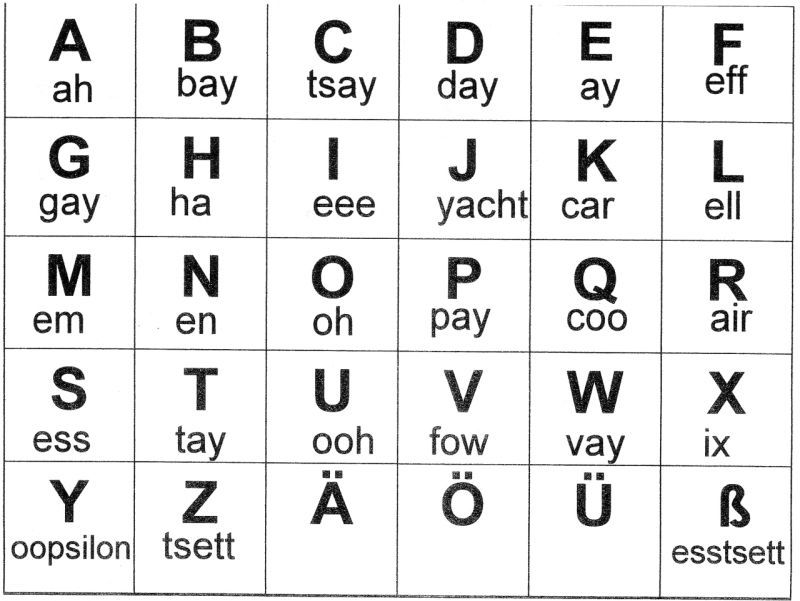
Use blocks with the letters that you probably already have in your home. It is interesting to play this game with several children at once: the host rolls a die, and the players name and depict an animal or object with the letter that has fallen out.
I will share my own experience of how I played with my daughters. At first, the girls laid out large 9s in a chaotic manner on the floor.0106 soft puzzles with letters . Then I called them in turn the letters on which they should stand. The one who does not make mistakes wins. This game is also interesting because the letters can be arranged as you like: on their sides, upside down. At the same time, children learn to recognize the outlines of a letter, regardless of its orientation in space.
Whatever games you choose, it is important that they are interesting for the child. If he doesn't want to play them, gets distracted, you can't insist. Look for other game options or wait for a more suitable occasion.